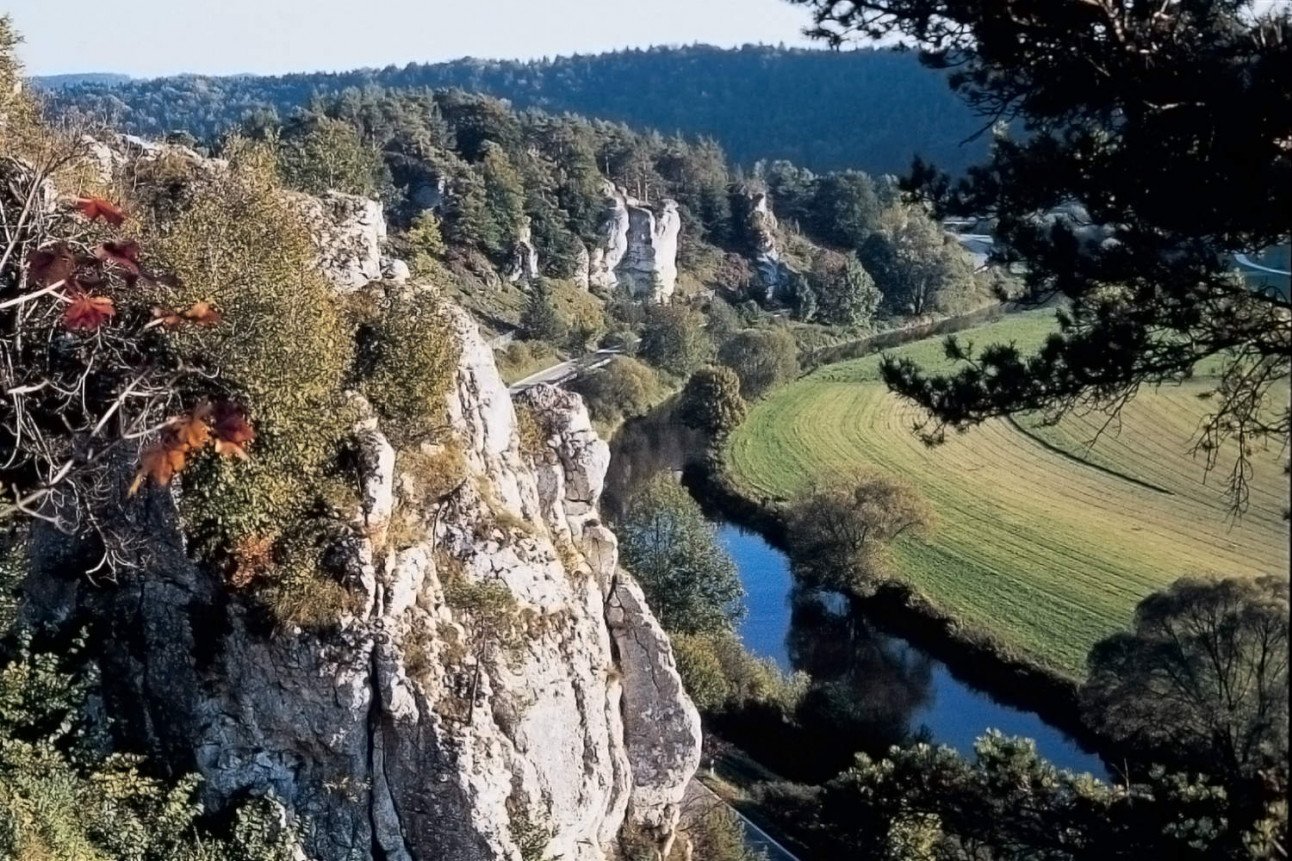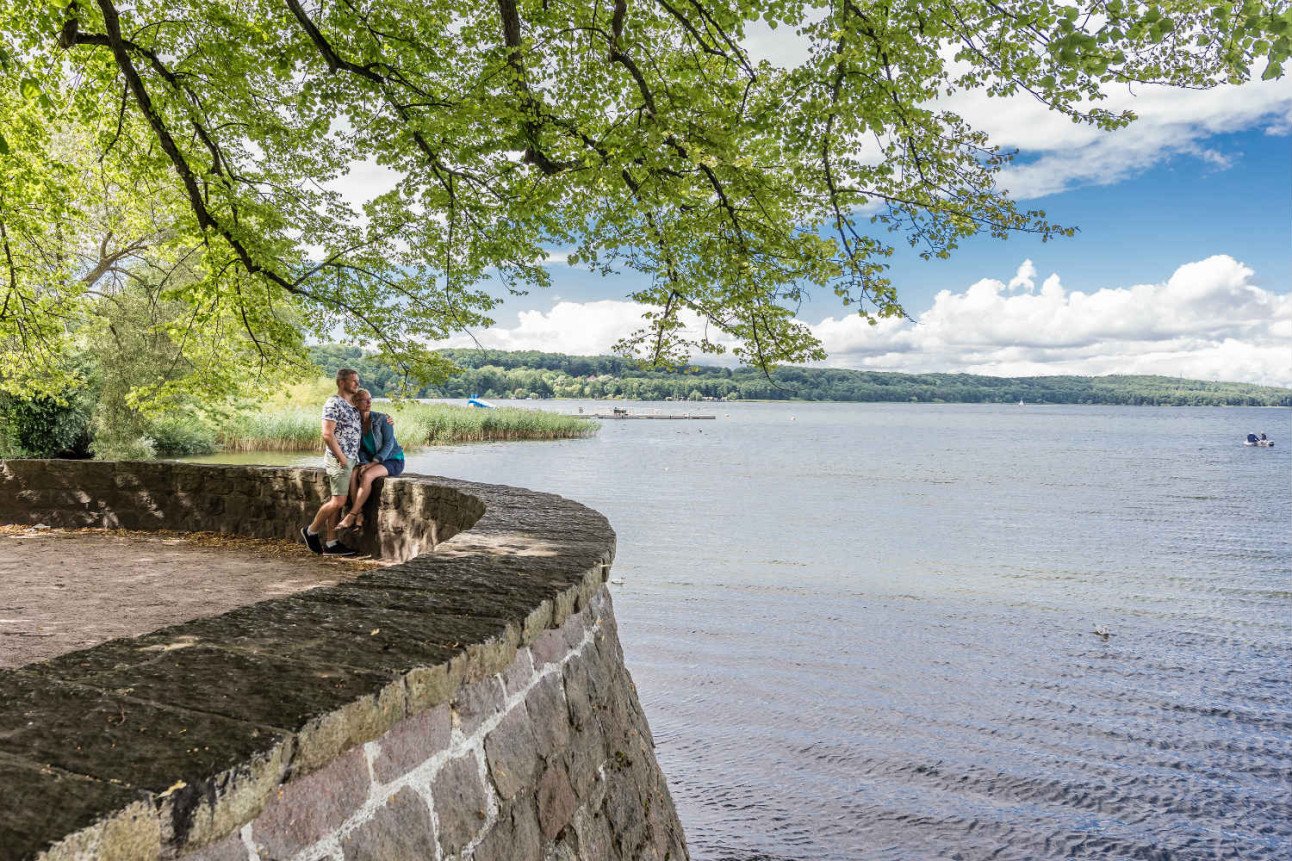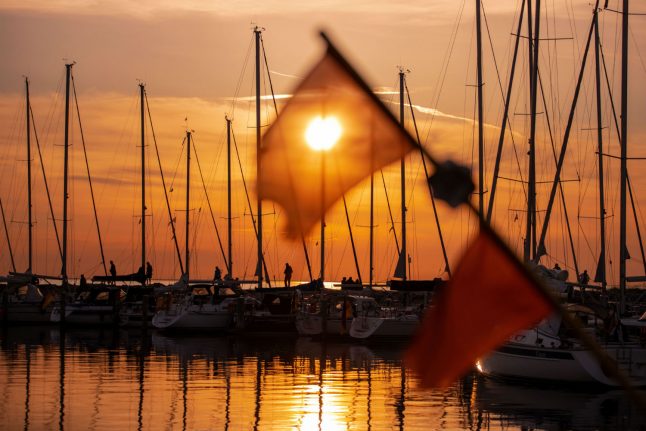After months of coronavirus crisis management, Germany’s Bundestag and Bundesrat have taken their parliamentary summer break.
For many politicians, this means a chance to head on holiday before the last quarter of the legislative period begins.
But in times of pandemic travel warnings and border closures, the choice of potential holiday destinations is limited, even for politicians. Yet that has not stopped them from setting their sights on some of Germany’s best travel destinations.
READ ALSO: How to travel the world while staying in Germany
Due to the virus, Chancellor Angela Merkel (Christian Democrats, or CDU) is planning on spending her summer holiday domestically this year. When asked on ZDF Television in June where she would go exactly, the Chancellor simply said “Germany” without giving a more concrete answer.
In the past years, Merkel was often drawn to the mountains of South Tyrol in northern Italy. But the Chancellor will have to wait a little longer for her Alpine fix.
Next week, the EU special summit on the EU coronavirus reconstruction awaits. That means Merkel is still on duty on her 66th birthday on the first day of the summit on July 17th.
Home, sweet home
Interior Minister Horst Seehofer of CDU sister party CSU is planning a staycation – and not just because of the coronavirus.
“I have not been going on holiday for 25 years, as I would rather stay at home in my Heimat, especially in the Altmühl valley,” in Bavaria said Seehofer. “Once you get to know it, you’ll never want to go elsewhere.”

Germany's Altmühl valley, situated along the river, is a popular hiking destination. Photo: DPA
The Ingolstadt resident has a holiday home in the nature park known for its spectacular low mountain range.
CDU Secretary General Paul Ziemiak has similar ties to his homeland. He says he is lucky to live “where many Germans go on vacation.” Ziemiak and his family will spend a large portion of their days off from work and school in Sauerland, as he told DPA.
A staycation is also in the cards for Environment Minister Svenja Schulze of the Social Democrats (SPD). “Actually, my husband and I wanted to go on holiday in France this year,” she told DPA. “Now we are staying in Germany and are at home in Münster most of the time.”
Bavaria's state premiere and CSU leader Markus Söder is spending his holidays at home, but is looking forward to a mudflat hike during an official visit to northern Schleswig-Holstein in August.
For CDU leader Annegret Kramp-Karrenbauer, “relaxed, sunny days” with family, friends and bicycle tours are on the agenda, she told DPA.
Wherever they get a chance, Federal President Frank-Walter Steinmeier and his wife Elke Büdenbender like to relax in the mountains. That’s where they are headed this summer too, though the President's Office stayed silent about the exact destination.
In the past, Steinmeier and Büdenbender crossed the Brenner Pass and hiked in South Tyrol.
Finance Minister Olaf Scholz (SPD) also wants to hike with his wife. According to his ministry, he is also looking forward to a few days to read, sleep in, jog, and ride his bike.
The ministry did not want to reveal whether the Vice Chancellor, who lives in Potsdam, and his wife, Brandenburg's SPD Education Minister Britta Ernst, will stay in their home turf or relax somewhere else.
According to a spokesperson, Green Party leaders Annalena Baerbock and Robert Habeck will use the holidays to spend more time with their families. But Greens faction leader Katrin Göring-Eckardt has set her sights on sailing in the Baltic Sea.
READ ALSO: North Sea or Baltic Sea? How to decide between Germany's two coasts

Lake Ratzeburg in the northernmost state of Schleswig-Holstein. Photo: DPA
Highly political
For Foreign Minister Heiko Maas (SPD), the decision on where to go on holiday is highly political. His ministry is responsible for travel warnings and travel advice for foreign countries, which change rapidly in coronavirus times. So personal holiday planning can quickly be seen as a political signal.
That’s why Maas has so far blocked all questions about his holiday destination, not even revealing if he’s staying in Germany or going abroad.
“I don't give any travel recommendations either. Because if I did, it would cause a lot of trouble with about 25 other Member States of the European Union,” he once said at a press conference with his Italian colleague Luigi di Maio.
According to her ministry, Justice Minister Christine Lambrecht (SPD) is taking very little time off over the summer because of the coronavirus crisis and the German EU Council Presidency.
“If work permits, she will go to the Dolomites for a few days to recharge her batteries and go hiking”, a spokesperson said.
Alternative for Germany (AfD) Chairman Jörg Meuthen does not yet know how he will spend his holiday: “Everything is still open with me because Covid-19 has reopened all the original plans”.



 Please whitelist us to continue reading.
Please whitelist us to continue reading.
Member comments